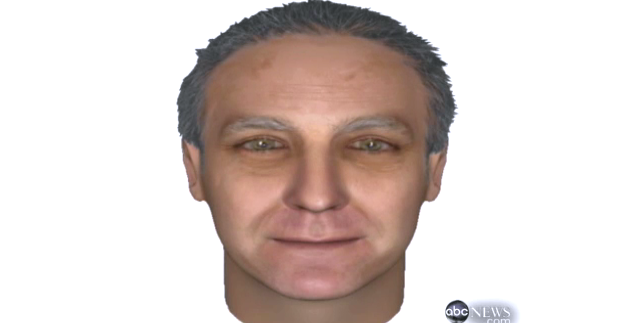For some individuals with physical disabilities, playing the piano is an impossible challenge. But a new virtual reality device out of Japan may allow some people with special needs to play the instrument using only their eyes.
Dubbed “Eye Play The Piano,” the device works by tracking eye movements to trigger the notes. The device is a collaboration between the University of Tsukuba's Special Needs Education School for the Physically Challenged and Fove, a Japanese virtual reality headset manufacturer.
According to The Guardian, the device made its public debut in December when a child with disabilities used it to play the piano at a Christmas concert held at the University of Tsukuba in Japan. In video of the event (above), watch as the child -- a student at the university’s special needs school -- blinks his eyes to set off the desired notes, playing a song as other students sang along.
The product's website describes how the product works:
The arrangement of the standard keyboard, which is designed to be played by hand has been reassembled to an interface which can be played by "sight." A very rich and varied musical performance can be obtained through the combined application of the mono-tone mode and chord mode. The structure is built so the user can freely choose which sounds to assign in each mode, allowing the interface to play a variety of different musical compositions depending on how the sounds are chosen.
Fove recently launched a JustGiving fundraising campaign to raise about 1.5 million yen (about $12,800) to distribute the device to dozens of special needs schools in Japan.
"The idea of expression coming only from the actions of the human eyes does not only apply to playing the piano but also believe that this technology can open up new possibilities to all humans,” Fove’s chief executive, Yuka Kojima, said on the JustGiving page.
Related
Before You Go

Virtual Reality has proved effective at treating children with autism. It can help them learn social cues, fine-tune motor skills, or experiment with real-world lessons like waiting until it's safe to cross the street.
One reason behind the treatment's efficacy could be that children with autism interact well with technology, specifically virtual reality. Justine Cassell, director of Northwestern University’s Center for Technology and Social Behavior, told NBC News that it's the technology's predictability, controllability and "infinite patience" that makes it such an effective teacher for these children.
While these two youngsters are working with an Xbox One Kinect in this photo (also a sort of virtual reality), head-mounted displays are also used in this research.

It's not just medicine that's being improved by virtual reality. Some are finding uses for the technology in some surprising industries like the financial industry.
An experiment by the Virtual Human Interaction Lab used virtual reality goggles to show 20-somethings what they would look and move like in their 60's in an attempt to get more young people to start saving for retirement early.
The experiment worked. According to ABC News, those who wore the goggles put twice as much money into a hypothetical retirement account than those who did not.


